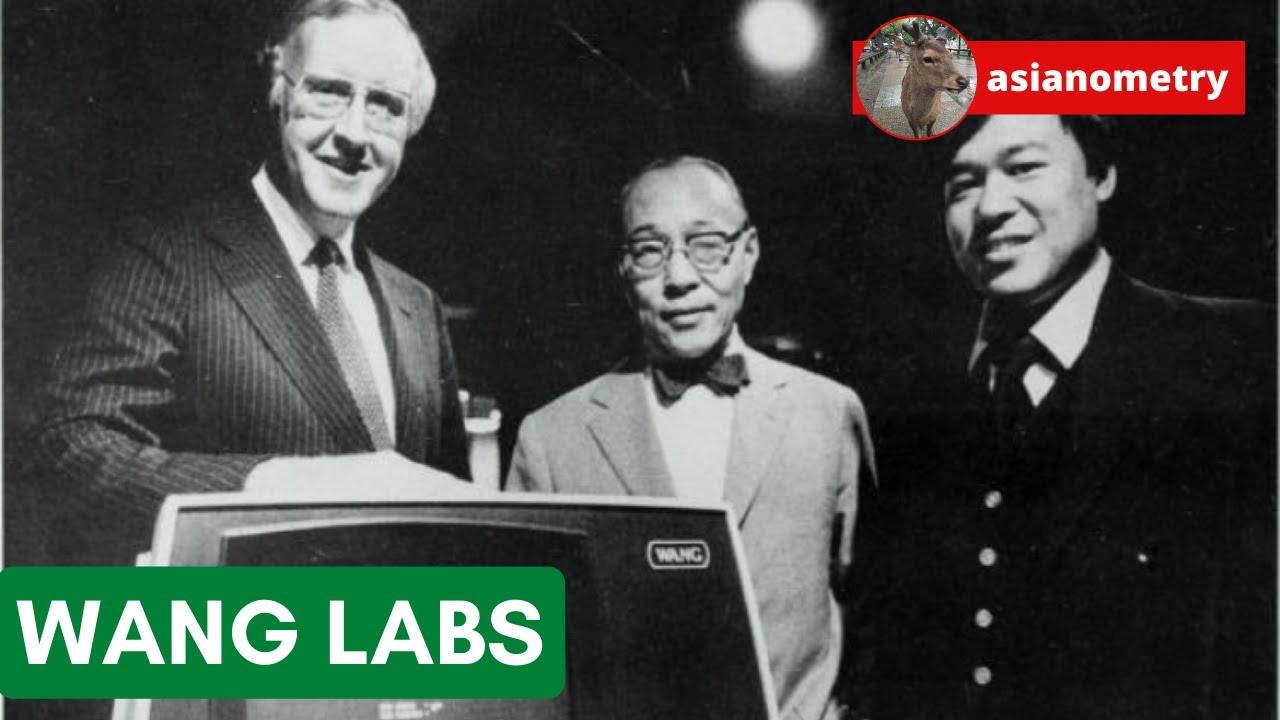An Wang immigrated to the United States from China in 1945 to attend graduate school at Harvard University, receiving a Ph.D. in applied physics in 1948. He worked with Howard Aiken on the Harvard Mark IV, the fully electronic successor to the Harvard Mark I series of relay computers. Wang invented and patented the rewrite after read technique which was to prove essential in the design of magnetic core memory.
In 1951, he left Harvard and founded Wang Laboratories, which initially did consulting and contract work but, in the 1960s, made its mark developing electronic scientific calculators which were, when I entered engineering school, the pride of any department laboratory. The calculators also became a fixture in the banking and finance industries, replacing mechanical desktop calculators.
In the 1970s, Wang moved from calculators, which the founder believed (correctly) were becoming a low-margin commodity business, into word processing, computers, and office automation systems. The company’s sales and earnings grew at a breathtaking pace, along with head count. An Wang decided the company could “take on IBM”, and even ran television commercials on Super Bowl broadcasts to raise its profile with the public.
Then, in the late 1980s, it all came apart. The dedicated word processing market collapsed under competition from personal computers (PCs) which were not only less expensive but could do many other jobs. The growing power of PCs and networks began to undercut the market for minicomputer systems with timesharing terminals, another of Wang’s major sources of revenue. The company developed its own PC product line, but the systems were not compatible with the IBM PC, which was rapidly becoming an industry standard, and always “too little, too late”.
The arrogance of the founder, and his insistence that his son replace him as head of the company, did not help in trying to adapt to the rapidly-changing competitive landscape. An Wang died in March 1990 and Wang Laboratories filed for bankruptcy in August, 1992.
